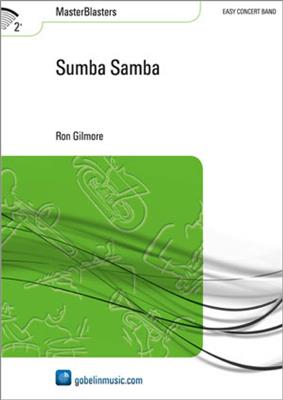Results
-
£60.99
Patrie - G. B. Mantegazzi
Estimated dispatch 7-14 working days
-
£59.95
Ceremony of Peace - Joseph Compello
The character of Ceremony of Peacegives the impression of ceremonial music performed on primitive instruments.Because the music contains only the notes of the ascending pentatonic scale (Bb, C, Eb, F, and G), along with a very basic rhythm, the learnin
Estimated dispatch 7-14 working days
-
 £59.95
£59.95Consensus - Larry Clark
Using only six notes (Bb, C, D, Eb, F and G), Larry Clark has fashioned a powerful concert opener ideal for the beginning band. Though there is limited rhythmic difficulty, the piece does employ some syncopation, along with contemporary harmonies that will appeal to young students and colorful, active percussion writing. Duration: 2'
Estimated dispatch 7-14 working days
-
 £60.99
£60.99Sumba Samba - Ron Gilmore
The Samba is a Latin American dance, which is mostly associated with parties, as a result of the fast tempo in which it is usually played. 'Sumba Samba' forms an exception to this rule. In order to get this samba to swing it is important to stick to the tempo prescribed. 'Sumba Samba' starts with a motif which will play an important role throughout the piece. This motif can be heard in the first notes of the 'refrain' and, as said before, has been used in the introduction, as well as in the transition after the middle part (letter G). Furthermore, it plays an important role in the middle part itself (letter E), in which the samba has momentarily disappeared and acompletely different atmosphere has been created. At letter H we pick up where we left off with the samba and swing to the end of this composition.
Estimated dispatch 7-14 working days
-
 £38.20
£38.20 -
 £61.00
£61.00 -
 £52.70
£52.70 -
 £38.20
£38.20 -
 £38.20
£38.20 -
 £61.00
£61.00
